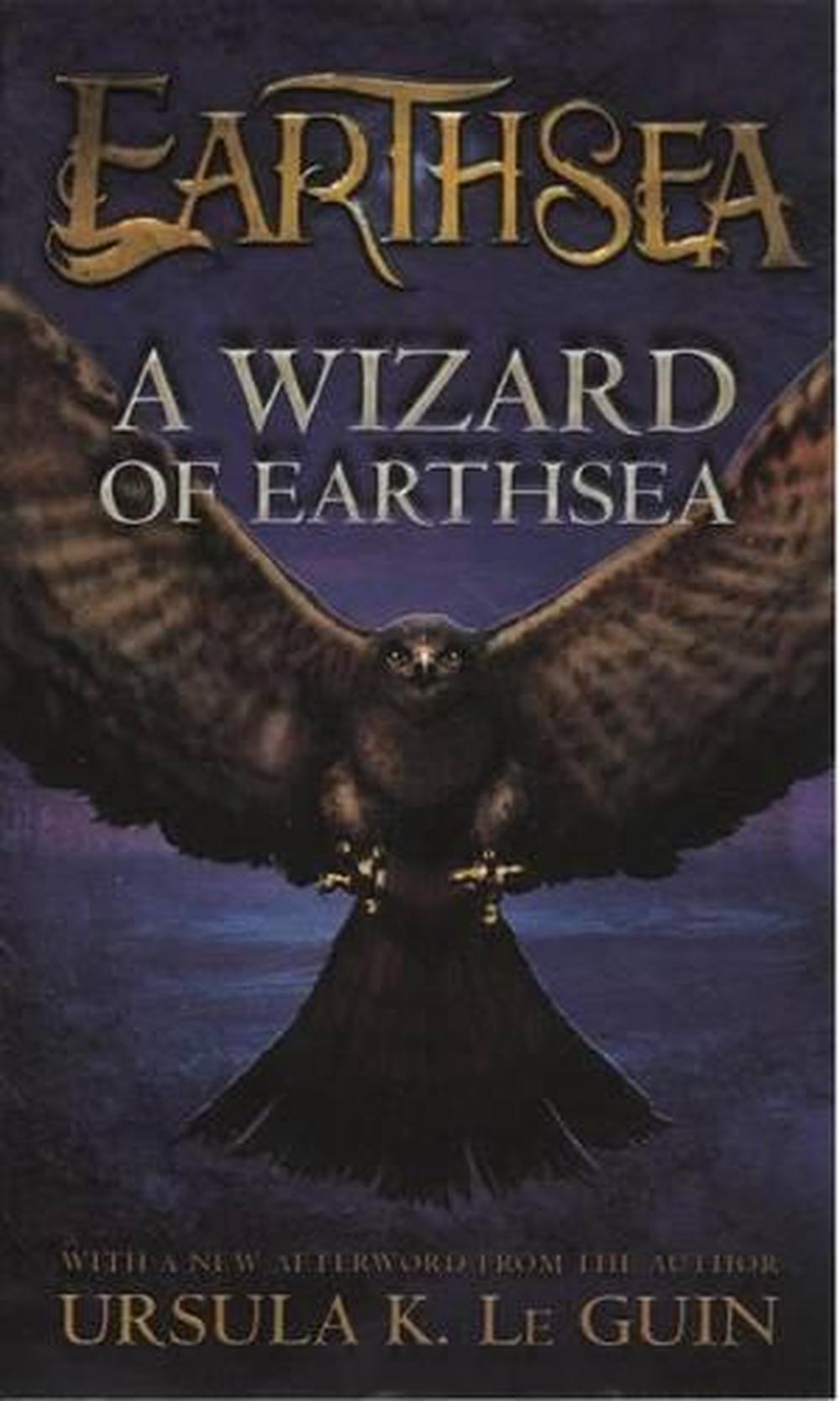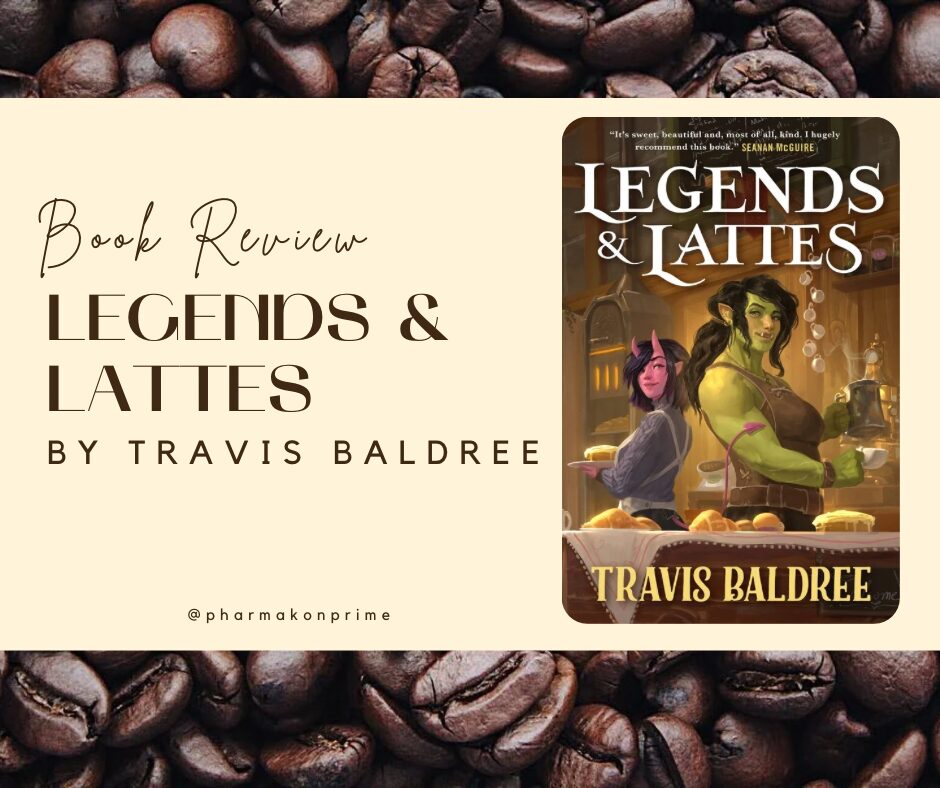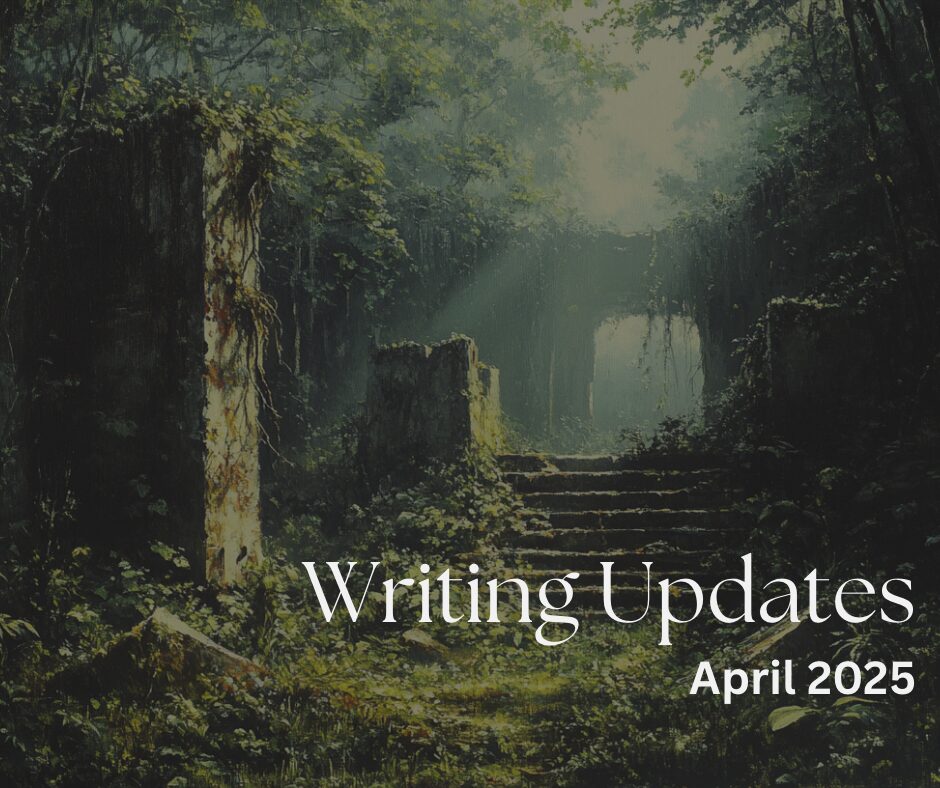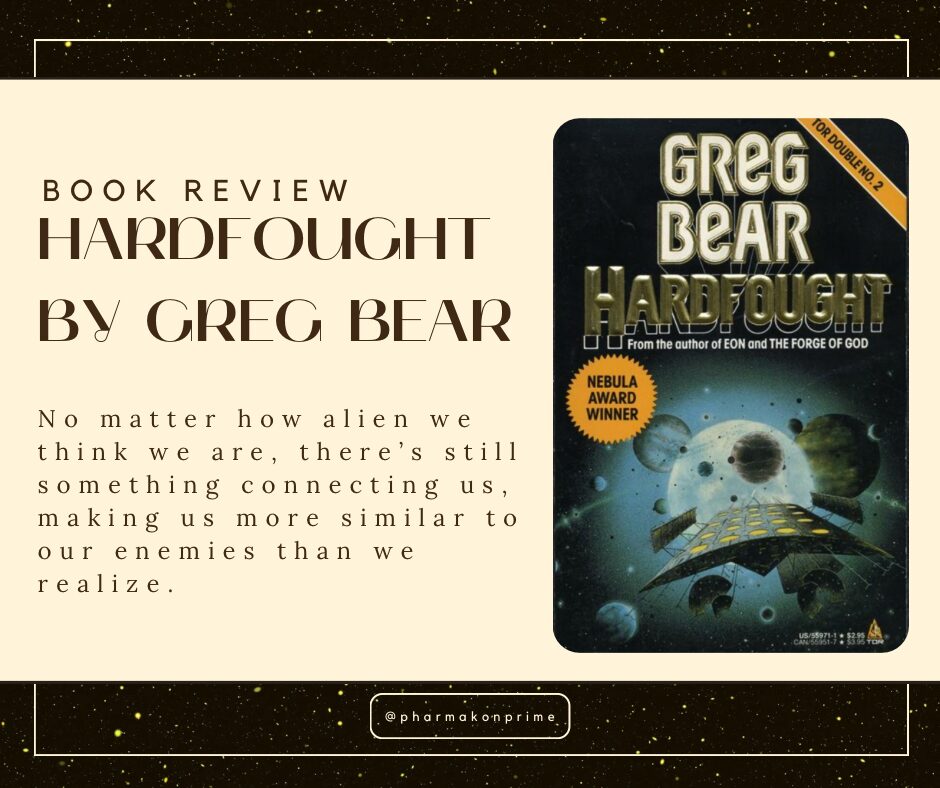A Wizard of Earthsea, written by Ursula LeGuin, is a classic children’s fantasy novel published in 1968. I may be 56 years late to the party, but I finally read it! This is the first book review for the books that I am reading as part of my 52 Book Challenge of 2024.
*Spoilers Ahead!*
(Also, this post contains affiliate links. If you click on one, I may receive a commission at no cost to you. Thanks for your support!)
As a classic fantasy novel, A Wizard of Earthsea has plenty of reviews on Amazon, YouTube, and other websites. They have given it plenty of analyses. So why am I even here? My goal in writing these reviews is to give you an idea of what I saw in the book as an author writing in 2024.
It’s Not Just For Kids
I love how LeGuin decided to write A Wizard of Earthsea as a fantasy book that happened to have a teenager as the protagonist. In her afterword, she writes that “Despite what some adults seem to think, teenagers are fully human. And some of them read as intensely and keenly as if their life depended on it. Sometimes it does.”
That’s very much how this book reads. Ged is, honestly, a bit of a jerk at the beginning of the story. He makes some poor decisions that lead to a nameless shadowy monster following him to the ends of the earth, intent on his destruction. The way that he finally dispels it is by identifying it as himself. He created his problem and only he can fix it.
That’s a wonderfully human situation that we’ve all been through, regardless of whether we’re 15 or 51 years old. In her afterword, LeGuin mentions how she wanted a more intimate, character-driven story, not one that involved nations fighting wars like The Lord of the Rings. I think she accomplished her goal beautifully.
I feel like fantasy authors these days tend to do a better job of incorporating character growth instead of relying on the plot to carry the story like they used to in Ye Olden Days. In young adult fantasy in particular, it’s become quite popular–even required–for the narrative to be in first person in order to help the reader connect with the protagonist. I’m not sure, though. That’s more of a feeling than anything I actually know since I haven’t read mountains of fantasy books and meticulously compared the ones from fifty years ago to ones that came out this past year.
Wizards Aren’t Just Old Men
Reading this in 2024, I had to admit that my first thought upon finding out Ged was a teenage wizard was, “Another one?”
At the time, LeGuin writes that most wizards being written about were old men like Merlin and Gandalf. That’s not to say there weren’t children’s fantasy novels; The Lion, the Witch, and the Wardrobe, one of the most beloved children’s fantasy books of all time, was written in 1949. Peter Pan was written in 1911, Roald Dahl wrote Charlie and the Chocolate Factory and James and the Giant Peach in the 1960s, and The Chronicles of Prydain were written in the 1960s. But a fantasy novel featuring a young wizard was more of an outlier.
These days, it seems like quite a lot of wizards are children or young adults. Obviously, Harry Potter springs first to mind, but Percy Jackson and Alcatraz Smedry from Alcatraz and the Evil Librarians qualify as something quite like wizards as well. I wouldn’t mind reading about a wizard who’s my own age once in a while.
Writing Style
There were only two things that really bothered me while reading this book. The first is the author’s writing style. It felt like it was written to sound more like a fairy tale out of Hans Christian Anderson’s book than a modern book. It’s the same sort of style that Tolkien wrote in, though far less flowery. I personally prefer a more detailed and personal narrative more akin to Brandon Sanderson’s writing style. That’s just a stylistic preference, but one that I think other modern readers might agree with.
The Ending
The second thing that bothered me was the ending. After such a build-up to the crescendo of the story, the final meeting between Ged and his shadow took a grand total of two pages to resolve. In just four lines, Ged speaks his name and joins with the shadow.
That’s it. And then they row back to the islands. The book ends just five pages later.
Again, maybe a stylistic preference. I prefer my stories with a little more of a denouement.
Conclusion
Overall, I quite enjoyed A Wizard of Earthsea. It’s not one of my favorite fantasy books, but it was still an enjoyable short read.




Comments
One response to “Book Review: A Wizard of Earthsea by Ursula LeGuin”
So far the only thing I’ve read by LeGuin is “The Left Hand of Darkness”. That one was a doozy. There’s an anime version of Earthsea (from Studio Ghibli, no less!) that I’ve had in the queue forever, but haven’t gotten to yet. One of these days …